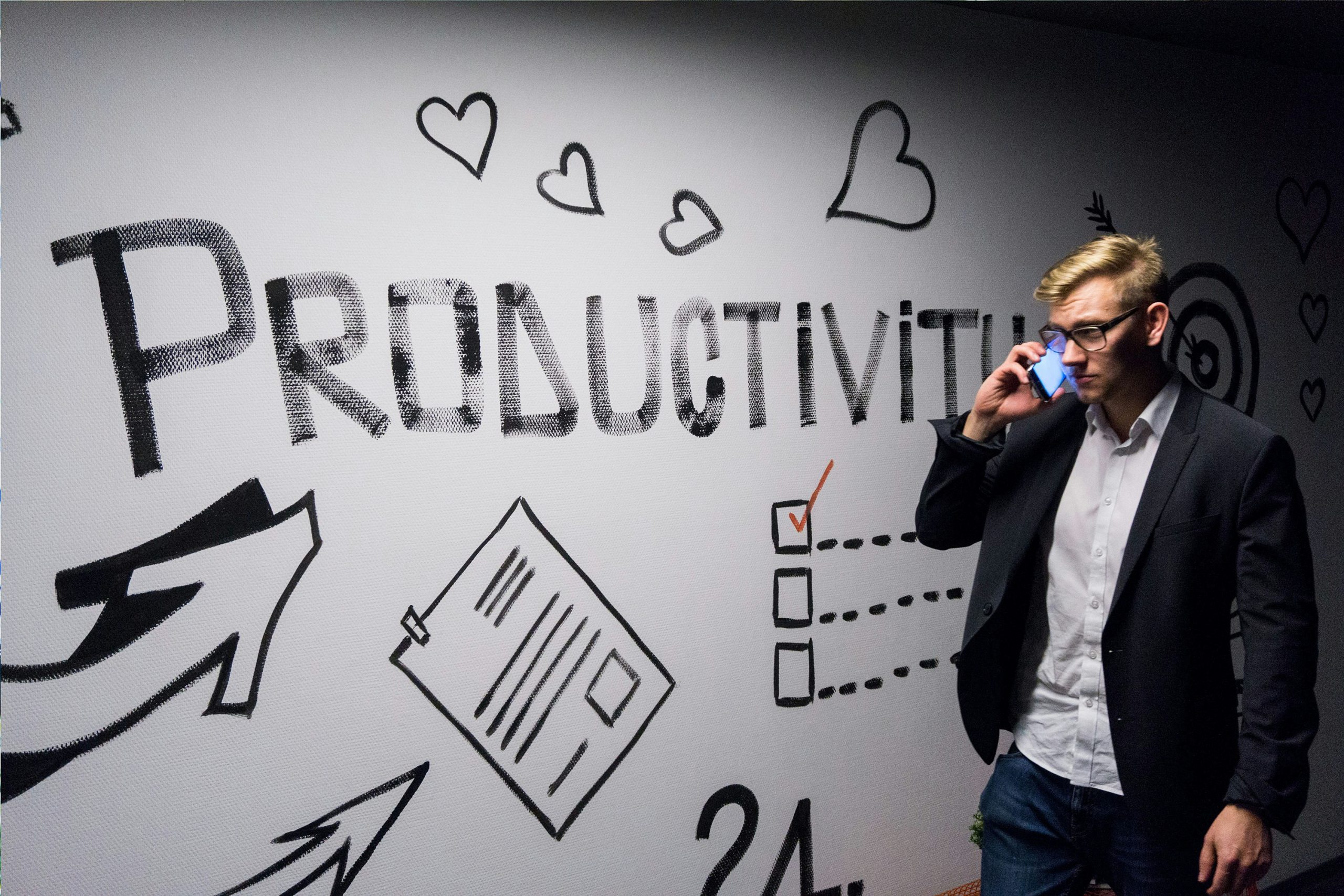Preventing Lawyer Burnout in Today’s Digital Age
A Note from Chronicle Law
The questions addressed in this FAQ series have been sourced from members of the legal sector, and we sincerely thank those who contributed their thoughts and concerns.
In our collaboration with Jamie Kelly of YTherapy and discussions with legal professionals we heard how an online presence is becoming more of a key part to many roles to aid the generation of work referrals, demonstrate a firm’s skillset but to also keep on top of daily work tasks and to communicate.
We recognised that there is a need and want for more flexible and remote working but equally some managers are concerned about how to do this appropriately to allow for a work from home/ office balance that met the needs of the business as well as the wellbeing of employees. Others identified that in the work from home scenario how could they support their team’s wellbeing, supervise and progress learning and provide a feeling of community.
It is difficult to deny that technology has helped streamline services we use, allow us to work remotely and make our diaries and documents required easily accessible. However it does also mean that we are now much easier to locate, to be interrupted at home – whether we answer that call or not we have still heard our smart phone ring, felt our smart watch buzz or seen a screen light up. It is this point that was highlighted in our conversations to be very difficult to switch off from, to ignore, to not answer.
Technology is such a crucial part of our daily lives, we can do almost anything with our phones that if they were to be misplaced it can make things very challenging but as a result they have a hold on us which can lead to some detrimental affects if we do not put appropriate strategies in place.
We thank Jamie Kelly for her work and research into this feature to provide you with something that can be of practical use to you.
Here are the key questions asked by lawyers:
- What do they think the impact of AI will be on mental health for the future of law?
- How can we support mental health in a remote or hybrid working environment?
- How can we create a culture within our workplace where it’s okay to talk about mental health, the stigma is lessened and people don’t feel there is going to be an affect on their career?

A Note from Jamie Kelly
The central question I hear is:
How can we take better care of our employees’ mental health in this fast-paced, digital age?
This is a tough question.
For lawyers, high standards and precision are essential – but they come with intense pressure. Technology adds another layer: does it ease the burden or intensify it?
In our digital age, full of fast-moving parts and constant change, we must actively prevent burnout and prioritise mental health.
When everything moves so fast, how do we make space for mental health? How do we find time to rest, recover, and prioritise well-being without falling behind?
Managing mental health and the pressure to meet rising expectations becomes even more challenging as technology evolves. Each new advancement can feel like the bar is raised again.
Having worked closely with legal professionals in online safety teams at large tech companies, I’ve seen firsthand how the pace of change can easily outpace our ability to focus on self-care. Constantly keeping up with new policies, products, and updates is exhausting. What’s often overlooked is that we need time to adapt to change. Without this time to adjust, the mental and emotional energy required to keep up can lead to stress, exhaustion, and burnout.
The purpose of this article is to invite a moment of pause and consider how technology is shaping our lives – our work, our mental health, and even our relationships. It’s easy to get caught up in the rush, but sometimes it’s worth taking a step back to reflect on how it’s all impacting us.
So, let’s take a closer look at how technology affects us – not just in terms of efficiency, but also in the way we engage with work, handle pressure, and manage our well-being. By understanding technology’s impact, we can make more conscious decisions about how to better balance our work and personal life.

Technology’s Impact on Productivity, Mental Health and Relationships
Nowadays, technology often feels like the answer to everything. We’re drawn to the promise of new tools, apps, and AI software that can make us more productive, more efficient, and help us tackle our ever-growing to-do lists.
But how often do we really pause and listen to our internal response when faced with another tech solution? Is it excitement about new possibilities? Or does it feel like more pressure to add yet another item to our plate?
The Complex Reality of Technology
At first glance, technological advancements in the workplace seem like they should simplify our lives, offering greater efficiency and flexibility. However, the reality can be far more complex.
According to the European Parliament’s 2020 briefing, “The Mental Health of Workers in the Digital Era“, the pervasive nature of digital tools can blur the lines between personal and professional life, leading to increased pressure on workers to be “always on.” This constant connectivity, while designed to improve productivity, can actually contribute to burnout, stress, and the erosion of boundaries between work and rest.
As a result, the fear of technological failure or the constant need to stay connected isn’t just theoretical – it’s a real, ongoing issue that’s shaping our relationship with work and well-being in the digital age.
This fear stems from the constant availability technology creates, making it possible to work from anywhere, at any time. While this flexibility enables remote work and travel, it also ties us to the expectation of continuous productivity. As we rely more on technology to manage our workload, the pressure to stay constantly connected and responsive increases.
The Growing Concern
Policymakers are increasingly concerned about the psychological toll of constant connectivity on workers. In some countries, like France and Ireland, laws have been introduced to protect employees’ “right to disconnect” from work outside regular hours. While the UK has not yet passed similar legislation, discussions are actively taking place, reflecting growing recognition of the need to safeguard mental health in the digital age.
Balancing Technology, Productivity and Mental Health
As technology encourages faster work and higher productivity, it’s worth considering how work policies and personal practices come into play. How do the structures we create in the workplace affect our well-being? And how do we, as individuals, find ways to navigate this balance, making sure our mental health isn’t overlooked along the way?
Technology and Relationships: Striking a Balance
Technology impacts our relationships – both at work and at home. The pressure to stay connected, especially in the legal profession, often leads to less time for meaningful, face-to-face interactions. Long hours and remote work can create emotional distance between colleagues, families, and friends.
While technology allows for virtual communication, it can also contribute to feelings of isolation. Constant notifications and digital overstimulation can make it harder to connect deeply with others. In the workplace, this can result in more transactional relationships, and in personal life, it may reduce quality time with loved ones.
It’s essential to set boundaries – both professionally and personally – so that technology enhances, rather than detracts from, our relationships. By being mindful of how we engage with technology, we can preserve meaningful connections and remain present for those who matter most.

Spotting the Hidden Signs of Lawyer Burnout in the Era of Technology, AI and Hybrid Working
We’re all familiar with absenteeism (an ongoing pattern of missing or skipping work without reason), but in today’s world of hybrid working, constant connectivity, and reliance on technology, we’re also seeing more of presenteeism and leavism.
Presenteeism and leavism are harder to spot because they’re not as obvious as simply being absent from work. Instead, they show up in how employees are physically present but mentally or emotionally disengaged. Whether it’s attending meetings while exhausted, answering emails during time off, or constantly checking in on work even when “off the clock.”
By understanding these hidden signs, employers and colleagues can better look out for signs of burnout, support each other, and foster a work environment where well-being is prioritised.
What is Presenteeism?
Presenteeism occurs when an employee continues to work even when they’re unwell.
They may be physically present at work but are unable to fully function or perform at their usual level because of illness, exhaustion, or other conditions – whether mental or physical. In today’s hyper-connected world, this might look like showing up for virtual meetings, responding to emails, or attending to tasks, but not being truly productive. Lawyers may appear “on” by being active on video calls or answering emails, but they’re operating on autopilot, unable to focus or engage meaningfully.
Signs of Presenteeism
- Active but disengaged: Appearing online for meetings or tasks but not contributing meaningfully or focusing on the work.
- Over-committing despite exhaustion: Always present but visibly tired, yet refusing to take breaks or delegate tasks.
- Physically at work, mentally absent: Attending meetings, answering emails, or completing tasks without being fully engaged, leading to poor decision-making or mistakes.
- Struggling to perform at usual capacity: Despite showing up, productivity is reduced, and quality suffers due to physical or mental exhaustion.
What is Leavism?
Leavism occurs when an employee continues to work even during time off.
This could involve checking emails, answering urgent client calls, or catching up on tasks that should be left behind while on holiday or during allocated time off. For lawyers, leavism can manifest as sending emails during off time, effectively forfeiting their break and preventing any true rest or recovery.
Signs of Leavism
- Working during time off: Checking and replying to emails, handling cases, or answering client calls when technically on holiday.
- Never fully offline: No matter the time or setting, there’s always an immediate response to work-related tasks or emails.
- Unable to disconnect: Finding it difficult to separate work from personal time, feeling pressured to be constantly available or responding, even when away from work.
- Catching up on work during breaks: Using allocated personal time to catch up on emails or meetings, instead of truly resting.

3 Ways Lawyers Can Build an Open Mental Health Culture in a Tech-Driven World
With the constant demands for productivity, it can be easy to let the conversation about mental health take a back seat. So, how can your law firm foster an environment where it’s okay to talk about mental health? Where mental health is prioritised and holds the same value as productivity?
1. Make Mental Health a Visible and Ongoing Part of the Conversation
Mental health shouldn’t be treated as a one-time topic. Weave topics around mental health and well-being into regular conversations and interactions, both in-person and virtually. When mental health is part of everyday dialogue, it becomes a sustained priority rather than a fleeting concern. By consistently fostering awareness and open discussion, employers can help ensure mental health stays at the forefront, preventing it from being overshadowed by the demands of daily tasks. This ongoing conversation can help lessen stigma and make it easier for employees to seek support when needed, contributing to a more supportive and open workplace culture.
2. Balance Digital Tools with Real Human Interaction
While digital tools like EAPs and mental health apps can be helpful, they often still keep us in front of a screen – further separating us from genuine human connection. In a society that values efficiency, these tools can unintentionally make mental health care feel transactional, instead of relational. To truly foster well-being, employers need to balance these digital resources with more personal, human-centered support, such as in-person counselling, live mental health workshops, and peer-to-peer socials. In remote or hybrid work settings, where those organic office interactions are lost, it’s even more critical to be intentional about maintaining connection. Proactively scheduling informal check-ins, noticing when a colleague seems quieter than usual, or simply sending a message that isn’t work-related can help bridge that human connection.
3. Recognise the Unseen Mental Strain
Technology and hybrid work models have made it easier to stay constantly connected, but this can also lead to hidden mental and emotional strain. Employees may appear physically present (eg. attending meetings or responding to emails) but not be fully engaged due to exhaustion, stress or burnout. Employers need to be mindful of these signs and foster a culture that encourages clear boundaries between work and personal time. Promoting regular breaks, respecting time off, and modelling a healthy work-life balance are practical ways to help employees disconnect, recharge, and maintain their well-being at work – without fear of consequences.
Building a mental health culture takes time, but it starts with everyday actions. Keep mental health at the forefront of conversations, offer both digital and human-centred support, and create a culture where self-care is seen as essential in the workplace.

We’ll Help You Find Your Balance Again
At YTherapy, we understand the importance of maintaining a healthy balance between work and personal life. We specialise in providing tailored mental health support, including therapy for lawyers and workplace wellness programs for law firms. We’re here to help create a healthier work environment where employees can thrive without compromising their mental health. Reach out for a free, no-obligation consultation to discuss your team’s well-being. To learn more about how we can help your employees, contact us at 07958 555 308, email jamie@ytherapy.com, or visit YTherapy.com.
Read the other parts of this series by visiting the links below:
Mental Health in the Legal Profession: Part 1
Mental Health Challenges and Barriers to Seeking Support
Mental Health in the Legal Profession: Part 2
How to Deal with Stress as a Lawyer and Stop Burnout Before it Starts
Mental Health in the Legal Profession: Part 3
A Safety-First Approach to Employer Duty of Care and Employee Wellbeing
Mental Health in the Legal Profession: Part 4
Key Mental Health Resources and EAP Support for Lawyers
 Jamie Kelly
Jamie Kelly